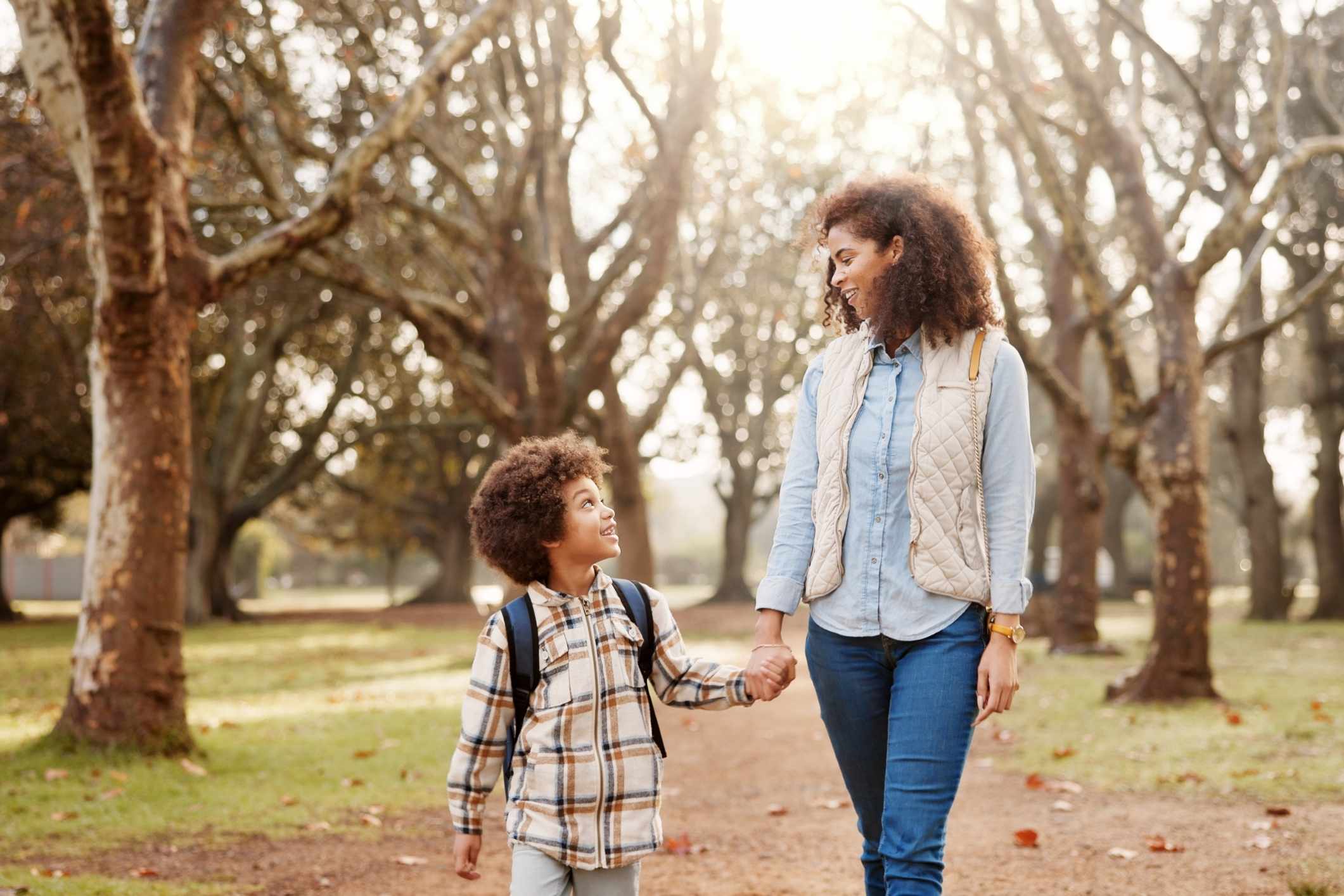
Chances are good that, if you’re a girl, you got picked on by a boy during your school years. Maybe your hair was pulled or you got pushed, teased or ganged up on during recess. Possibly even worse things happened, like being bullied about your body, having your clothes messed with or your body touched in a way that made you uncomfortable.
Adults often have a set of stock phrases to respond to children’s complaints about this kind of behavior. They say things meant to reframe the incident, such as “he’s just picking on you because he likes you” or “boys will be boys.” Rather than teaching the female child that she gets to set the boundaries on how she is treated, they teach her to regard her body and her girlhood as a liability, an object that others are allowed to treat however they want.
For years, this kind of response from adult authorities has existed without question. But in the current climate of concern (finally!) over sexual assault’s pervasive presence in our schools and popular culture, the campaign, It’s On Us, released a PSA video that reveals the hidden message behind these responses: they play a part in the propagation of rape culture.
Rape Culture
Founded in 2014 by President Obama and Vice President Joe Biden, the It’s On Us campaign aims to shift the conversation on sexual assault. The campaign helps people recognize that non-consensual sex is sexual assault. It aims to develop an environment in which sexual assault is unacceptable and survivors are supported.
Those who tend to downplay the seriousness of sexual assault in mainstream United States society might be shocked to learn the following statistics:
- Every 109 seconds, an American is sexually assaulted, according to Rape Abuse And Incest Network (RAINN).
- Every eight minutes, that victim is a child.
- Only six out of every 1,000 perpetrators will end up in prison.
Popular blog Scary Mommy spells out the meaning behind these statistics:
“Rape culture is prevalent. It is rampant. We perpetuate it by saying things that blame the victim and accuse them of lying. We let rape culture continue by letting perpetrators get off way easier than they should and not holding them accountable for their crimes.”
While a lot of underlying issues contribute to the appallingly high rate of sexual assault in our society, experts agree that a major part of the problem is the way boys and girls are socialized. This begins in school, and it revolves around how parents and authority figures respond to complaints of personal and physical boundaries being crossed.
Defining Rape Culture
“Rape culture” is an ugly term that describes an ugly yet accepted standard of behavior. It is the permissive acceptance towards male aggression while downplaying or even blaming the victims of aggression.
The It’s On Us video offers up a powerful compilation of one side of rape culture: the side where young people are conditioned to internalize excuses to exonerate aggressors and saddle victims with the blame. At the other end of the rape culture spectrum is the egregious leniency shown to criminal rapist Brock Turner, who was given a jail sentence of only six months after he assaulted an unconscious woman behind a dumpster at Stanford University.
Between these two are other countless examples of rape culture, many of which are easy to rationalize away, until you or someone you love has been on the receiving end of the injury. They include:
- Street harassment (such as calling out to women or scolding them for not smiling)
- Bullying through sexually explicit jokes
- Public scrutiny of a victim’s dress, mental state, motives and/or history
- Tolerance for sexual harassment against a victim
- Journalists substituting the word “sex” for “rape,” as if these two were the same thing
- Sexual assault prevention education programs that focus on women being told to take measures to prevent rape instead of men being told not to rape
What Can You Do to Change the Conversation
Changing the conversation around sexual assault starts with being aware of what we’re telling young people. The It’s On Us video features both children and teens holding up signs emblazoned with statements that children commonly hear from authority figures. These phrases reveal the culture in which we live in, where we’re taught to forgive and even encourage boys for bad behavior.
As It’s On Us director Rebecca Kaplan says, “Sparking conversation is critical in order to move the needle forward on cultural change.”
Your Body, Your Boundaries
No child should have to go to school worried about becoming a victim. No sexual assault survivor should have to worry that coming forward will mean being shamed, disbelieved or having their situation rationalized away.
Every human being has the right to define the boundaries of their own body. Speaking up for each other is the best way to recreate a culture where nobody’s boundaries are violated, and where rape culture is a thing of the past.
Read more:
Sexual Assault Lawyer in San Diego
Related Posts
Sexual assault is a difficult topic to discuss, but one that affects too many lives to go ignored. Most sexual assault perpetrators are known to the victim.
Grasping the specific laws around sexual assault is a crucial step towards reclaiming your power and pursuing healing. Learn more about sexual assault under California law so you can better understand your rights as a survivor.
It’s crucial for people to know the difference between molestation and sexual assault in order to find the right help and legal support.
Spiked drinks heighten the risk of sexual assault or other violent crimes. A new law requires certain establishments that serve alcohol to offer alcohol testing kits.





